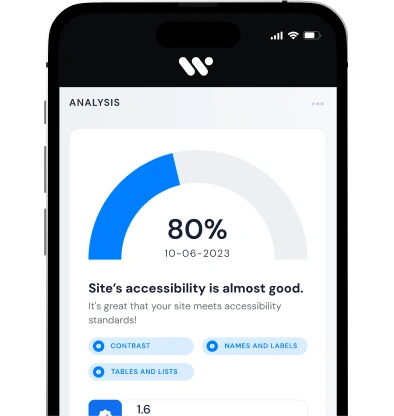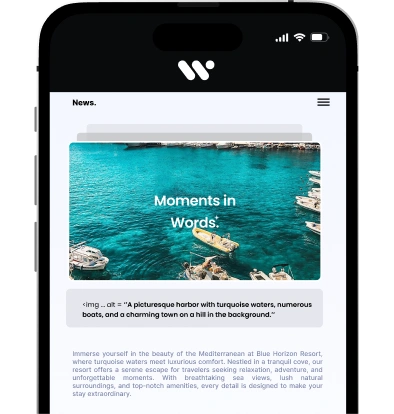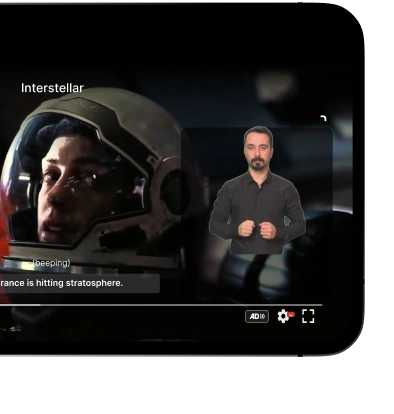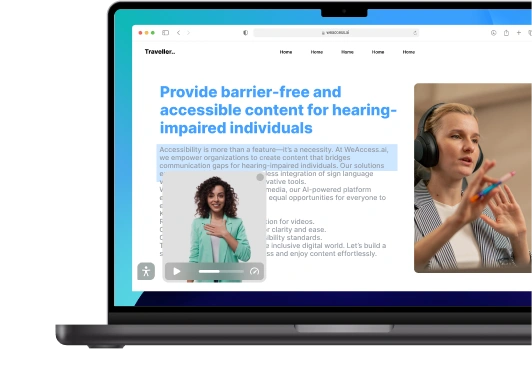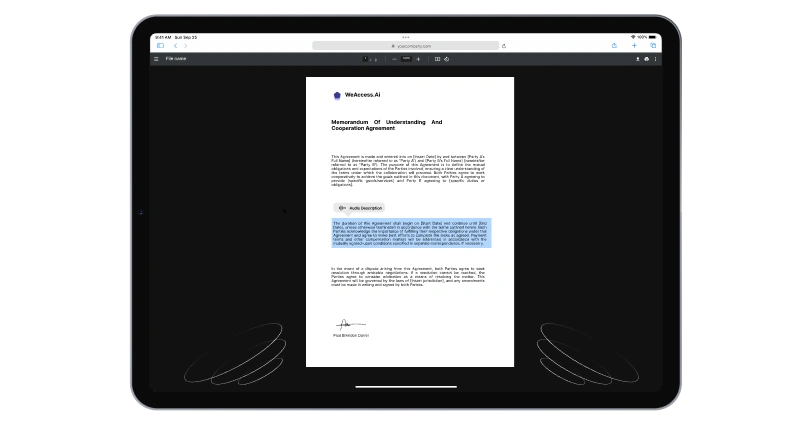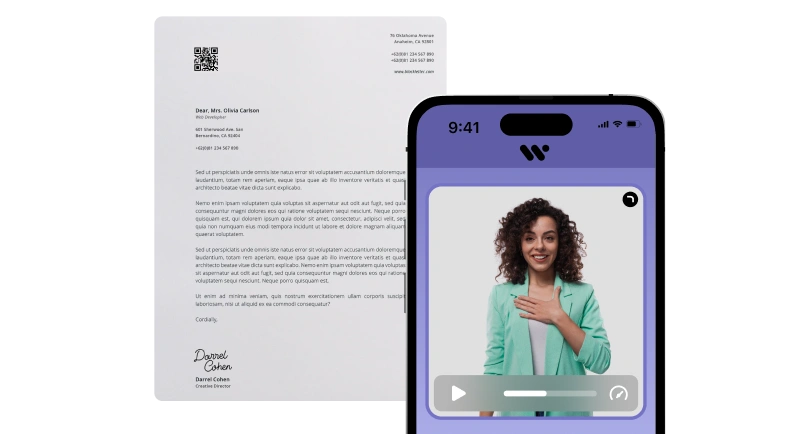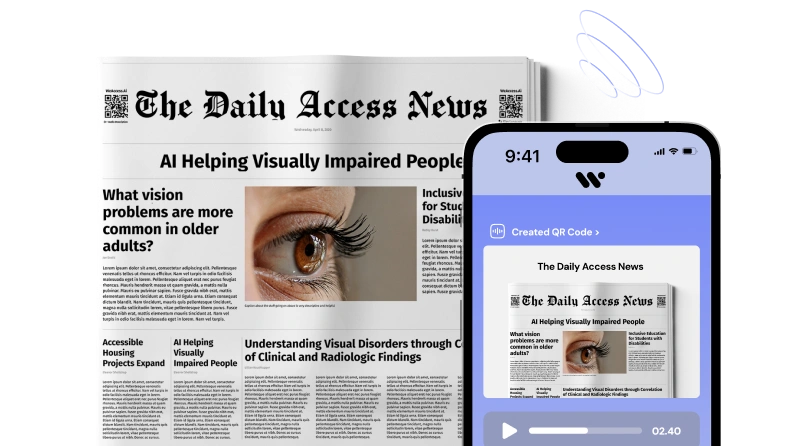Poland Accessibility
Poland is making strides in improving accessibility for people with disabilities, particularly with the implementation of the Polish Accessibility Act. This act aims to eliminate barriers to inclusive practice and ensure that public transport and public services are accessible to individuals with disabilities.
Barriers to Inclusive Practice
Despite progress, there are still significant barriers to inclusive practice in Poland. These include accessibility issues in public spaces, websites, and mobile applications. It is essential to understand how accessibility can be improved for people with disabilities, particularly for those with pwd disabilities and autism in Poland.
Poland Disability Benefits
In addition to improving physical accessibility, Poland offers various disability benefits to support individuals with disabilities, ensuring they have access to certain products and services essential for their daily lives.
Accessible Poland Tours
For those looking to explore the most wheelchair accessible cities in Europe, accessible Poland tours provide an excellent opportunity to experience the capital of Poland, Warsaw, and its many accessible attractions.
Future of Accessibility in Poland
As we approach 2024 and 2025, ongoing efforts must focus on meeting accessibility standards and ensuring compliance with the European Accessibility Act (EAA). The Polish Parliament adopted provisions of the act to enhance accessibility across various sectors, including telecommunications and e-commerce.
Improving Digital Accessibility
Digital accessibility is also a critical area of focus, with initiatives aimed at adapting websites and mobile applications to meet accessibility guidelines, such as WCAG 2.1. This includes ensuring that all digital products and services are accessible to visually impaired individuals and those who rely on Polish sign language.
Understanding Accessibility in Poland
What is accessibility for people with disabilities?
Accessibility for people with disabilities refers to the design of products, devices, services, and environments so that they are usable by everyone, including individuals with the widest range of abilities. This encompasses a broad spectrum of considerations, from physical accessibility for a wheelchair user to digital accessibility for the visually impaired, aiming to ensure full and equal participation in society.
How does accessibility impact daily life in Polish cities?
The level of accessibility directly impacts the daily lives of people with disabilities in Polish cities. **Adequate accessibility means that public transport is usable, that buildings are accessible to individuals with disabilities, and that navigating urban environments, such as Warsaw, is less of a challenge**. Conversely, a lack of accessibility can create significant barriers, limiting independence and participation in various aspects of life.
What are the key accessibility requirements outlined in the European Accessibility Act?
The European Accessibility Act (EAA) outlines crucial accessibility requirements designed to improve accessibility across the European Union. These requirements cover a wide range of products and services, including computers, operating systems, e-commerce, websites, and mobile applications. The EAA aims to harmonize accessibility standards across member states, compelling Poland to ensure accessibility by specific deadlines. For instance, many digital services must meet accessibility guidelines by June 2025
Current State of Accessibility in Poland
How have Polish NGOs contributed to accessibility efforts?
Polish non-governmental organizations (NGOs) have played a pivotal role in advocating for and implementing improved accessibility for people with disabilities across Poland. Through various initiatives, these organizations have worked tirelessly to raise awareness about accessibility issues, provide support services, and push for legislative changes, contributing significantly to the current state of accessibility in the country. Their efforts often focus on practical solutions, such as developing accessibility guidelines or offering training for businesses and public institutions to meet accessibility requirements, particularly concerning digital accessibility and physical access in Warsaw and other Polish cities.
What are the main challenges faced by people with disabilities in Poland?
Despite ongoing efforts, people with disabilities in Poland continue to face significant challenges that hinder their full participation in society. These challenges often include a lack of consistent accessibility standards across all public and private spaces, inadequate public transport infrastructure for wheelchair users, and limited digital accessibility in some essential services. Furthermore, there is often a need for greater awareness and understanding among the general public regarding the diverse needs of people with disabilities, which contributes to persistent accessibility issues.
What is the public perception of accessibility for people with disabilities?
The public perception of accessibility for people with disabilities in Poland is evolving, with a growing understanding of its importance, yet there is still progress to be made. While many Poles recognize the need to improve accessibility, the practical implementation and the urgency of meeting deadlines like June 2025, stipulated by the European Accessibility Act (EAA), are not always fully appreciated. Efforts by various organizations and government initiatives aim to shift this perception towards a more proactive approach, ensuring that accessibility is seen not just as a legal requirement but as a fundamental aspect of an inclusive society for all.
Future Goals and Initiatives
What are Poland's accessibility goals for 2024 and beyond?
Poland's accessibility goals for 2024 and beyond focus on creating a more inclusive society for people with disabilities, with a strong emphasis on meeting the accessibility requirements set by the European Accessibility Act (EAA). What specific initiatives are being undertaken to ensure digital accessibility across all public services and private entities by 2025? Are there new projects planned to improve physical accessibility in urban areas like Warsaw, specifically addressing public transport and infrastructure for wheelchair users?
How will the European Accessibility Act influence future policies by June 2025?
The European Accessibility Act (EAA) will profoundly influence Poland's future policies, especially as the June 2025 deadline approaches How will the EAA's stipulations, particularly concerning products and services such as e-commerce, websites, and mobile applications, be integrated into Polish law and practice? What measures are being put in place to ensure that all relevant entities in Poland meet these comprehensive accessibility standards and improve accessibility for people with disabilities?
What steps are being taken to improve accessibility in public transport?
Significant steps are being taken to improve accessibility in public transport across Poland. What concrete plans are in motion to upgrade public transport infrastructure to be more accessible to individuals with disabilities, including wheelchair users, in major cities like Warsaw? How will new accessibility guidelines ensure that all future public transport procurements adhere to the highest accessibility standards, facilitating smoother journeys for everyone?
Addressing Non-Compliance Issues
What are the consequences of non-compliance with accessibility standards?
Non-compliance with accessibility standards carries significant consequences for entities in Poland. What legal and financial penalties can organizations face if they fail to meet the accessibility requirements outlined in the Polish Accessibility Act and the European Accessibility Act (EAA)? How does the government ensure that these penalties are enforced, acting as a deterrent to encourage businesses and public institutions to improve accessibility for people with disabilities?
How are local governments addressing non-compliance in Polish cities?
Local governments in Polish cities are actively addressing non-compliance with accessibility standards What specific strategies are municipalities, such as Warsaw, implementing to identify and rectify accessibility issues in public buildings and urban spaces? Are there dedicated teams or departments within local administrations responsible for conducting audits and providing guidance to ensure accessibility for people with disabilities?
What role do citizens play in advocating for compliance?
Citizens play a crucial role in advocating for compliance with accessibility standards in Poland. How can individuals, particularly people with disabilities and their advocates, report accessibility issues and contribute to monitoring adherence to the European Accessibility Act (EAA)? What mechanisms are in place to empower citizens to demand that public transport, digital accessibility, and other products and services meet accessibility guidelines, thereby ensuring accessibility for all?
Conclusion
Overall, Poland is on a path toward becoming a more accessible and inclusive country for people with disabilities. By addressing the barriers and enhancing both physical and digital accessibility, Poland can ensure that all individuals, regardless of their abilities, can fully participate in society.
Poland's Journey to Enhanced Accessibility for People with Disabilities
Poland has made significant strides in improving accessibility for people with disabilities. This article explores the current landscape of accessibility in Poland, examining its impact on daily life and the crucial role of the European Accessibility Act.





